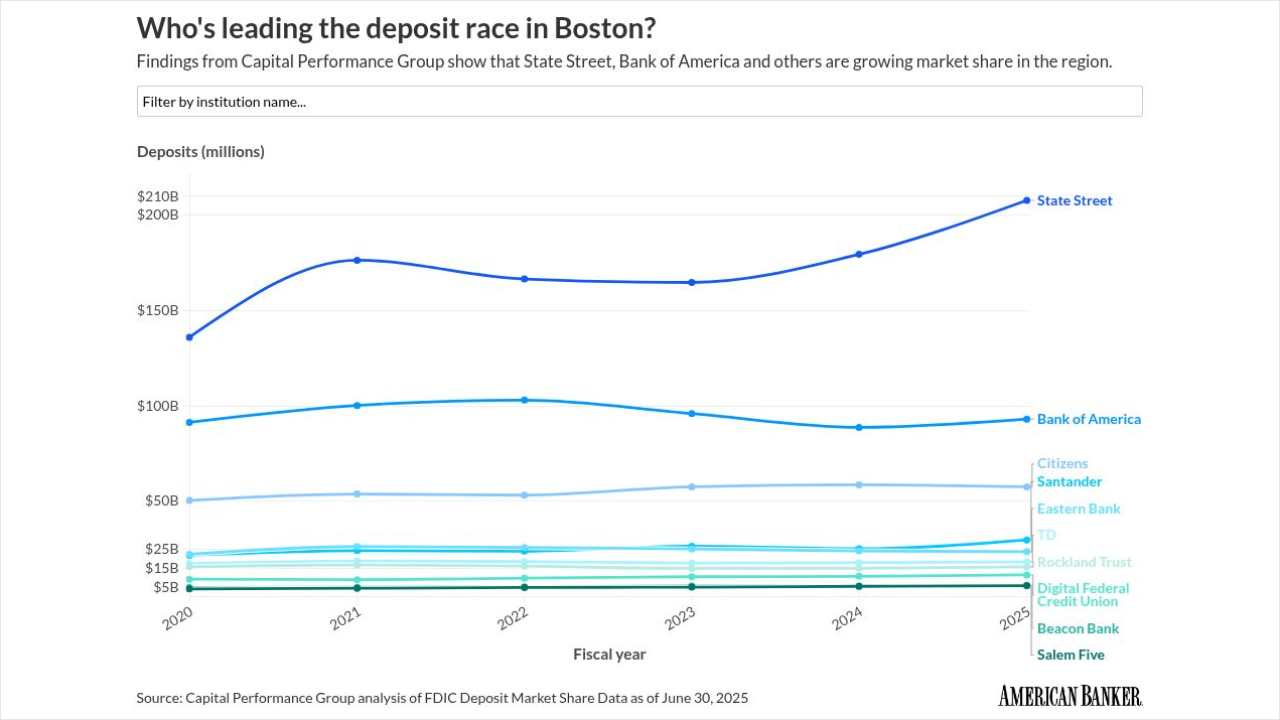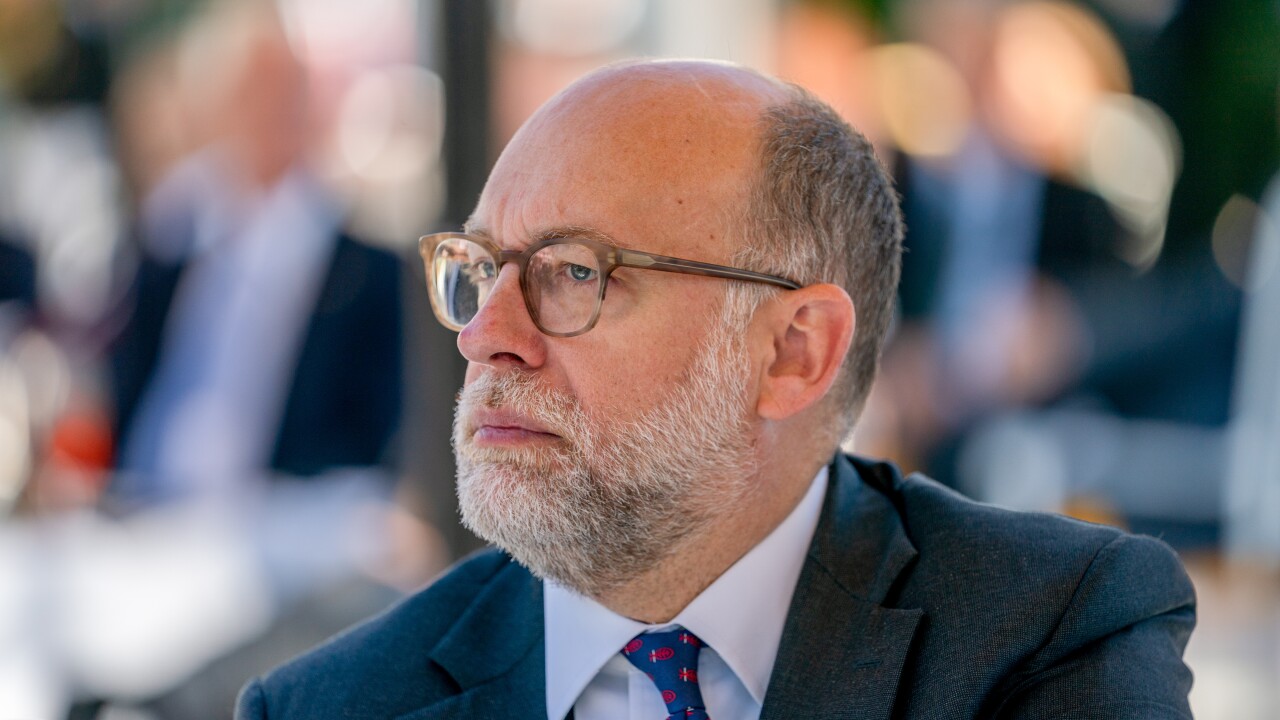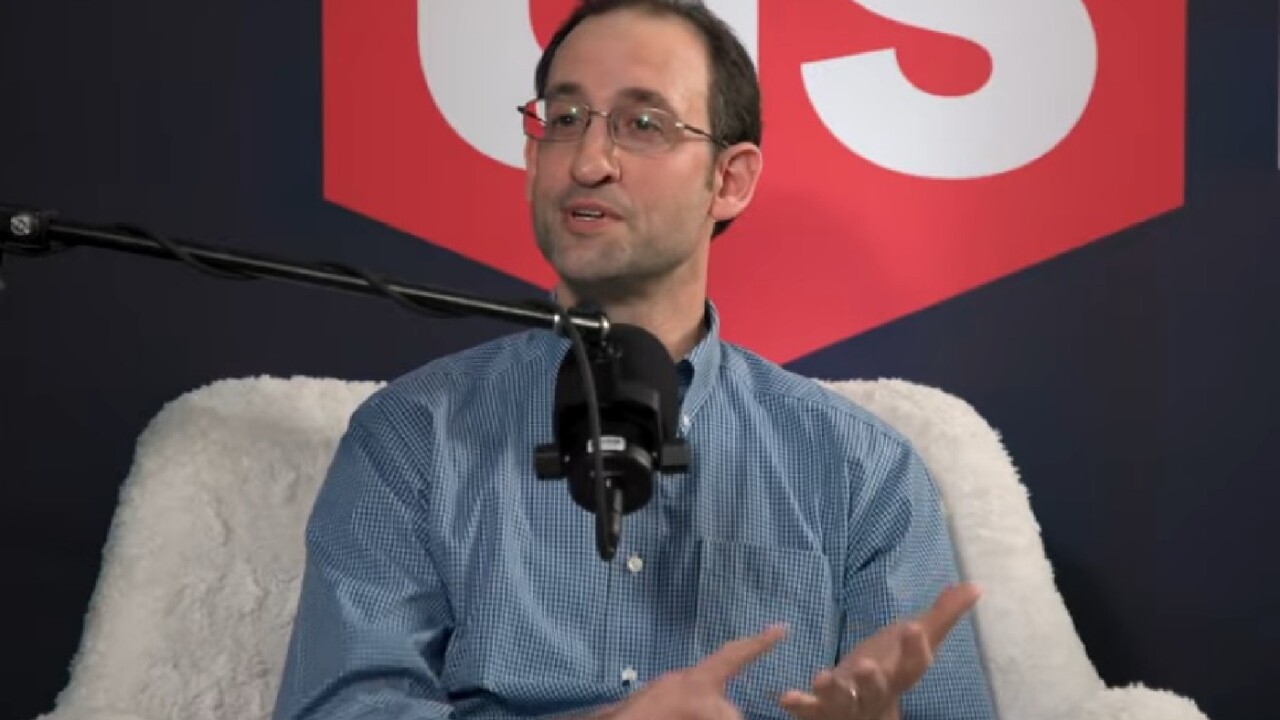NetBank Payment Systems Inc. has started a surcharge-free automated teller machine program aimed at community banks.
NetBank Payment Systems, a subsidiary of the Atlanta Internet banking company NetBank Inc., unveiled the program Tuesday. It also announced Tuesday that it had enrolled First Georgia Banking Co. in the program.
Tommy Glenn, NetBank Payment Systems’ president, said it has forged similar deals in the past with banking companies in Mississippi and Georgia, but on an ad hoc basis. “We didn’t have it formalized in any way.”
NetBank Payment Systems hopes to get other banking companies to sign similar deals so it can generate more interchange revenue. “Probably our primary target are new start-up banks that don’t have good [ATM] representation,” Mr. Glenn said.
NetBank Payment Systems operates 9,700 ATMs in merchant locations, though it owns only about 500 of them.
It will bill First Georgia every month to recoup the waived surcharge fees. The merchants will get the surcharge revenue and NetBank will continue to earn money from the interchange fees.
Mr. Glenn said that under his company’s ATM program, banking companies can decide how many machines they want to make available to their customers.
If a bank wanted to use all of NetBank’s ATMs, it would be directed to work with Allpoint Network, which was recently bought by Cardtronics Inc., the No. 1 ATM independent sales organization. NetBank makes its ATMs available free to people who bank with Allpoint members.
First Georgia customers get free use of a dozen NetBank ATMs. First Georgia’s president, R. Larry Cardin, said it is cheaper to use NetBank’s ATMs than to buy the machines.
“We can give our customers the convenience of no-fee ATM coverage without having to make the capital investment,” he said. “We also have no monthly servicing, and we don’t have to deal with security issues.”
First Georgia has agreed to use nine ATMs in Columbus (its hometown), one in Hamilton, Ga., and two in Alabama. They will all carry the First Georgia and NetBank logos.
First Georgia, which was founded in 2003, has assets of $370 million and five ATMs.
Transaction volume for ATMs at merchant locations has fallen in recent years, in large part because so many machines have been installed — there are at least 375,000 ATMs in the United States.
In addition, consumers are increasingly reluctant to pay a fee to use an ATM. Many will instead go to a machine operated by their bank or use their debit cards to get cash back at the point of sale.
Moreover, banks have made it easier for their customers to get cash without paying a fee. Some have joined Allpoint and other networks that provide their customers with access to no-fee ATM service.
Cardtronics has several deals with major banking companies to put the banks’ logos on its machines in large drugstore chains. The banks’ customers can use the machines for free, while other people must pay a fee.
Chris Gill, a senior manager for Dove Consulting in Boston, a division of Hitachi Consulting Corp., said revenue from these bank-branding programs is offsetting the drop in surcharge revenue.
Mr. Glenn said NetBank’s program differs from the Cardtronics one because “we focus more on small to midsized retail chains” and smaller banks.
He said he has no problem working with Allpoint even though it is owned by an ATM rival, because the deal generates more transactions at NetBank’s ATMs.
The surcharge model for merchant ATMs is in a “death spiral,” Mr. Gill said. Transaction volume at these machines is declining, forcing their owners to raise their fees, which leads to lower volume.
He predicted that other small banks will join such networks, because they compete against companies that have large ATM networks. Bank of America Corp., for example, has 16,700 ATMs.
Programs such as NetBank’s and Allpoint “enhance the convenience of ATMs” for community bank customers “at a much lower cost than deploying them on their own,” Mr. Gill said. “The issue of ensuring broad ATM access is definitely on the radar screen for community banks.”





